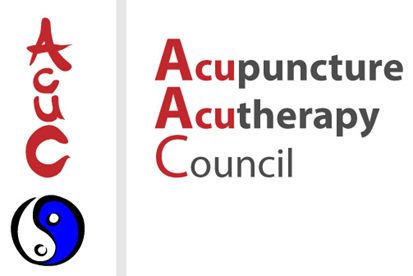Japanese Integrative Medicine
What is Japanese Integrative Medicine?
Japanese Integrative Medicine is a cumulative term to describe the different treatments that fall into this category
Japanese Physical Medicine
Japanese Physical Medicine incorporates a number of different skills, they are as follows:
Information accredited to The Chestnut Clinic who run Japanese Integrated Medicine Practitioner Courses
- Anma: This is an integration of Acupressure & Shiatsu massage
- Seitai: This is using a combination of massage (acupressure, soft tissue, manipulative) techniques to bring the spine back into alignment which in turn brings the body back to a state of harmony.
- Sekkotsu: Traditional Japanese art of Bone Setting. This uses non-surgical methods of aligning broken bones.
- Shindenjutsu: A technique involved in the correction of ligament imbalances of the joints
- Ampuka: This is an intra-abdominal massage technique designed to promote healthy internal organs.
- Kenkujutsu: This is cranial balancing. It brings balance to the head and spine.
- Kappo: Sports & Martial Arts medicine
Japanese Acupuncture
There are key differences between Traditional Chinese Medicine Acupuncture & Japanese Acupuncture, the main being:
- The size of the needles: Japanese needles tend to be of a smaller gauge.
- Depth of Insertion: They are inserted very superficially.
- Touch as a means of Pre-Treatment: There is a lot of emphasis placed on palpation (touch) to determine the placement of the needle.
- Less Qi Sensation: Traditional Chinese Acupuncture gives the patient a far greater Qi sensation during the treatment.
- Moxa: Japanese Acupuncturists almost always includes moxa as part of their treatments.


